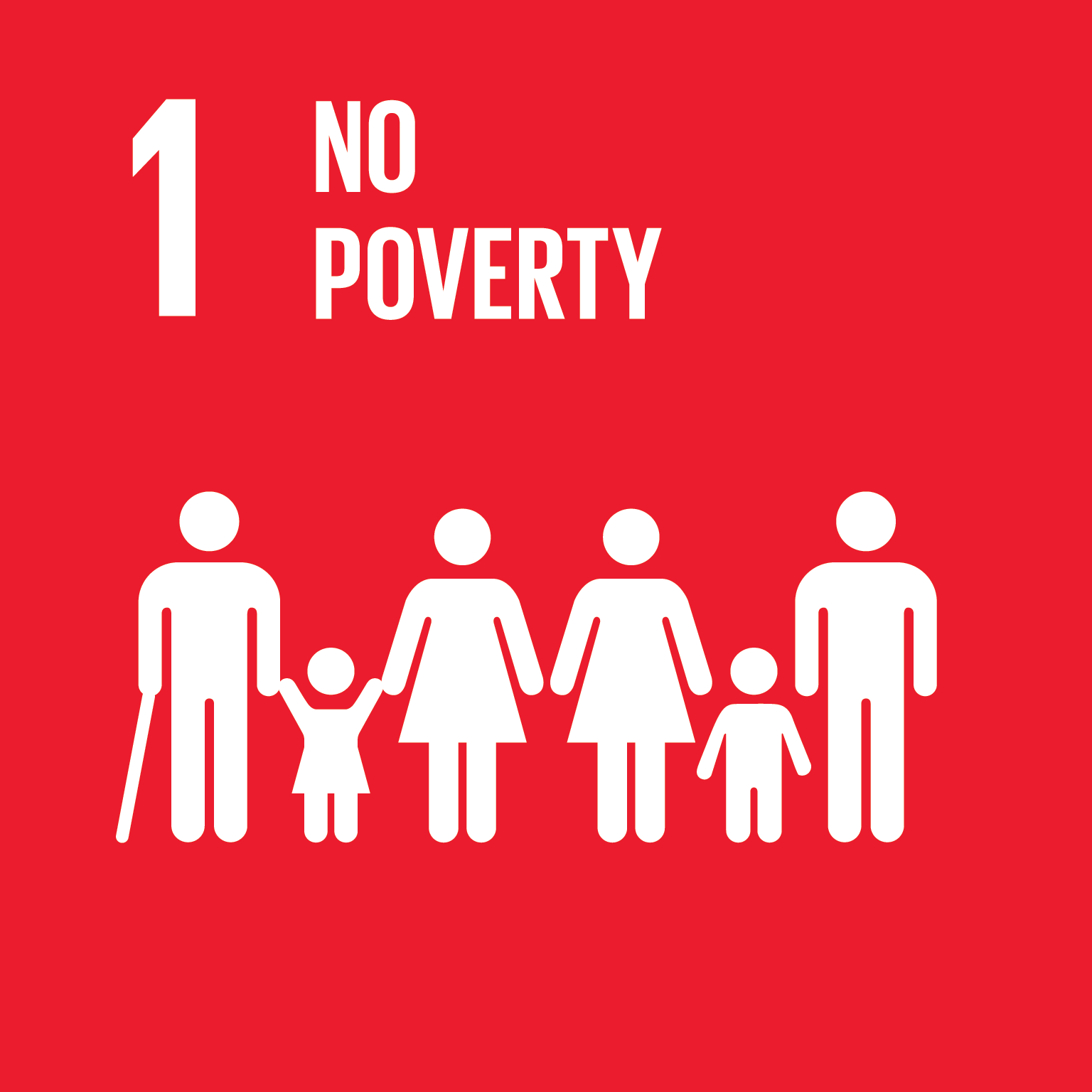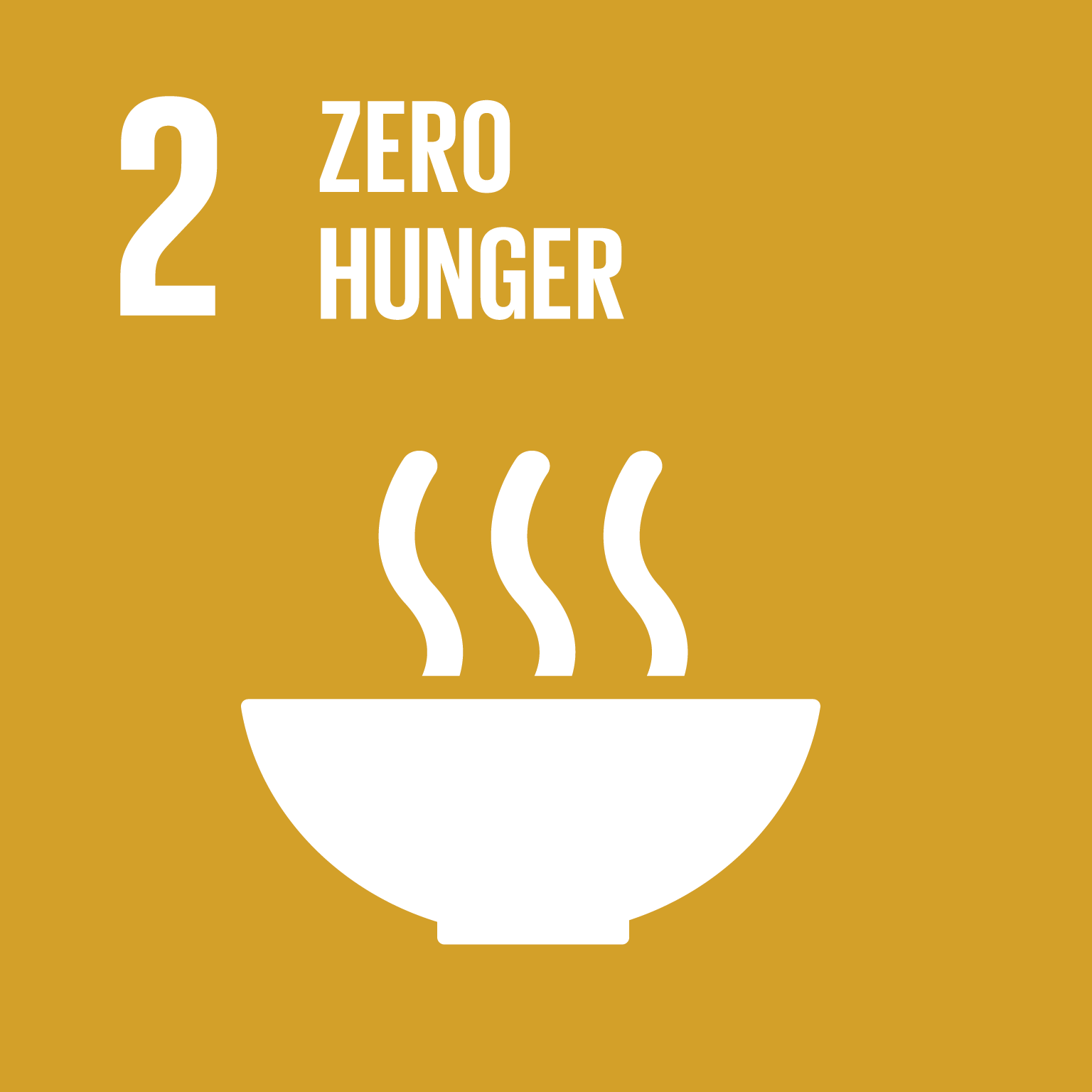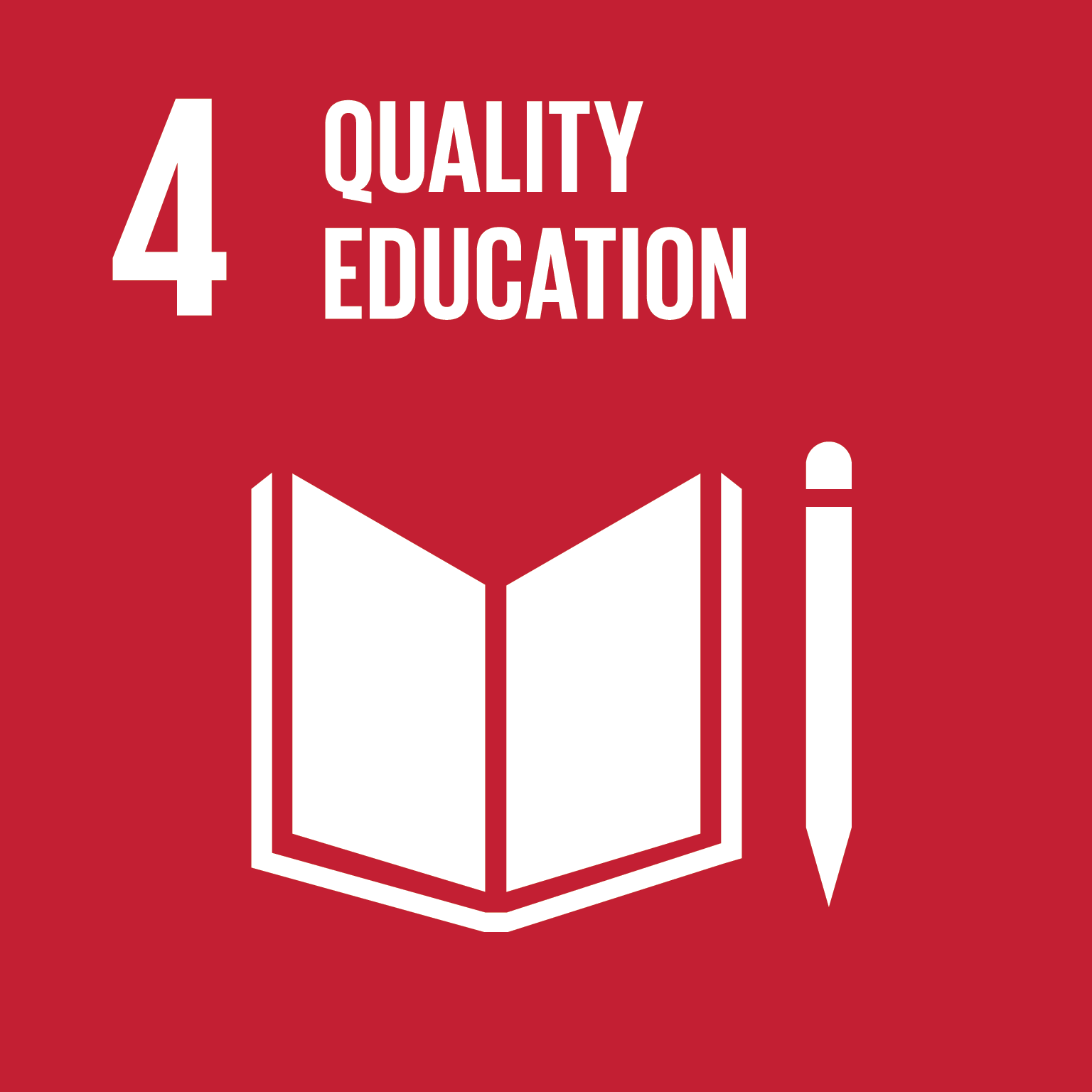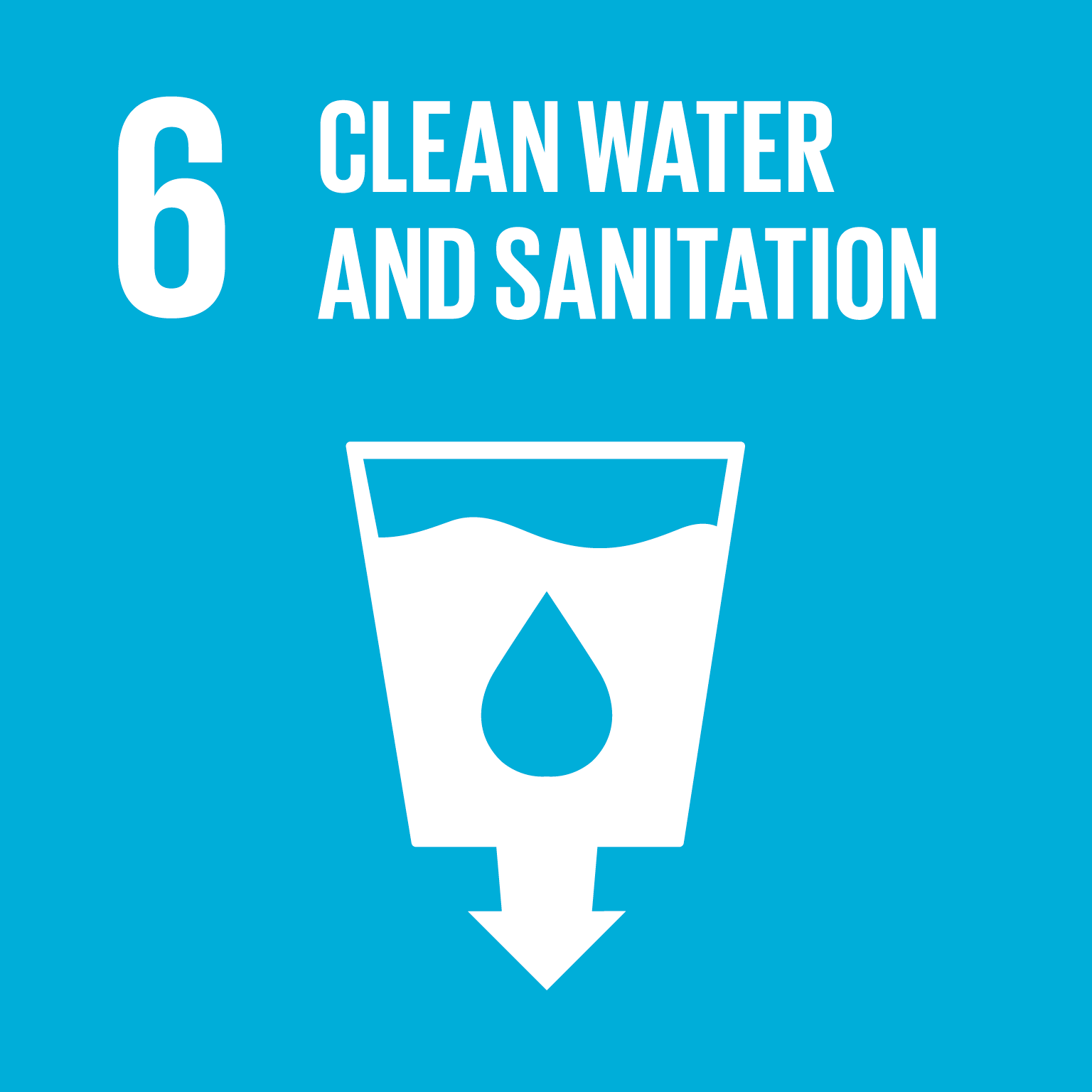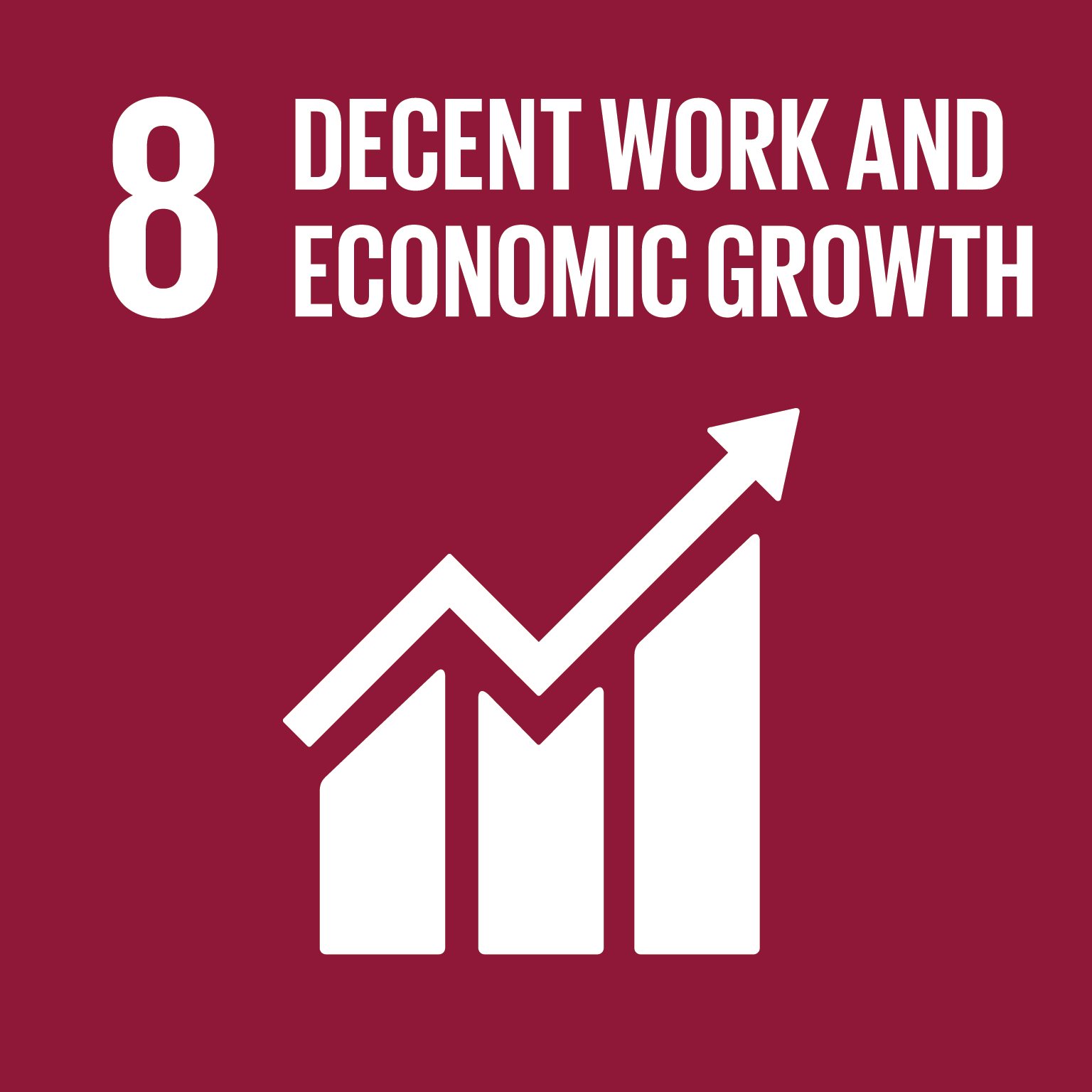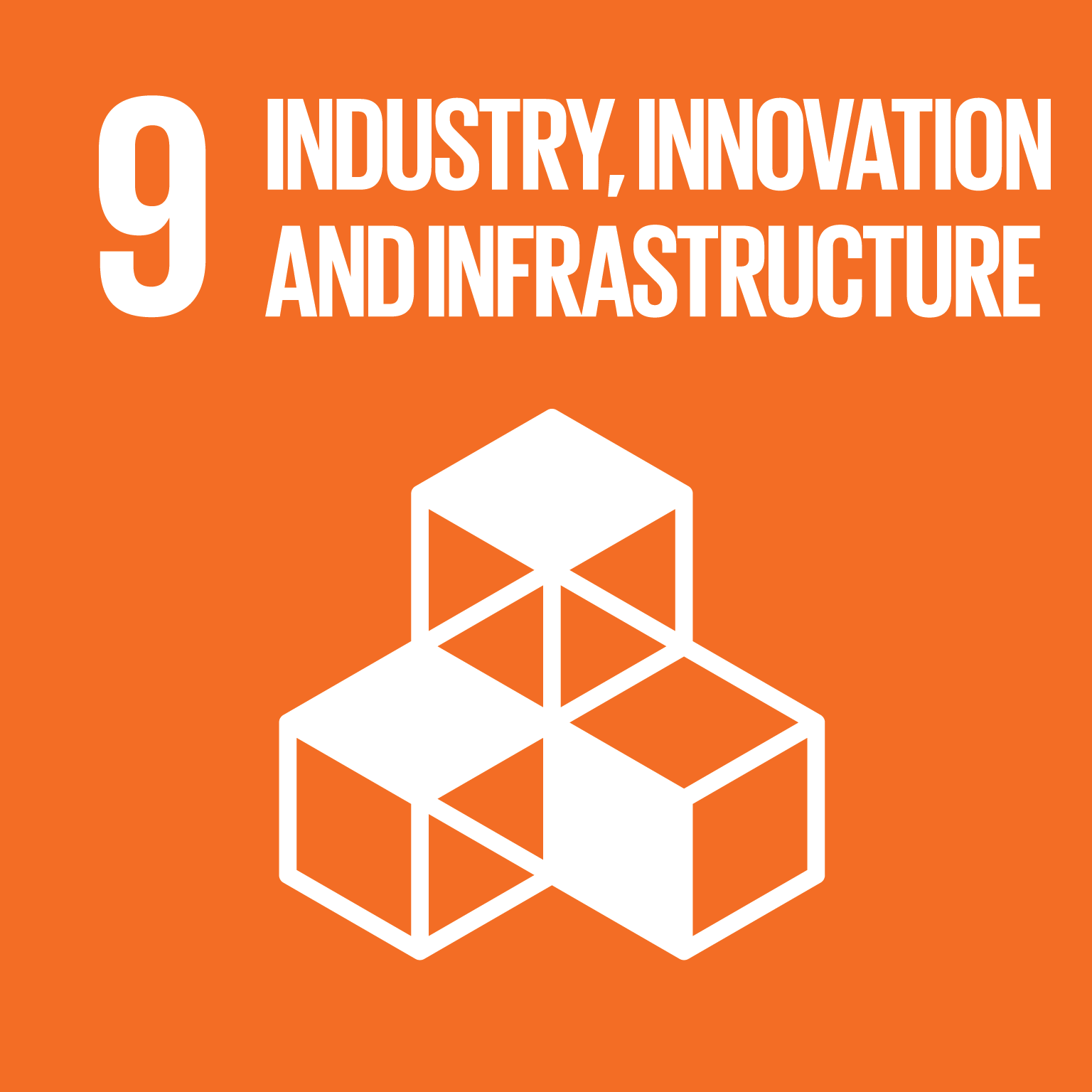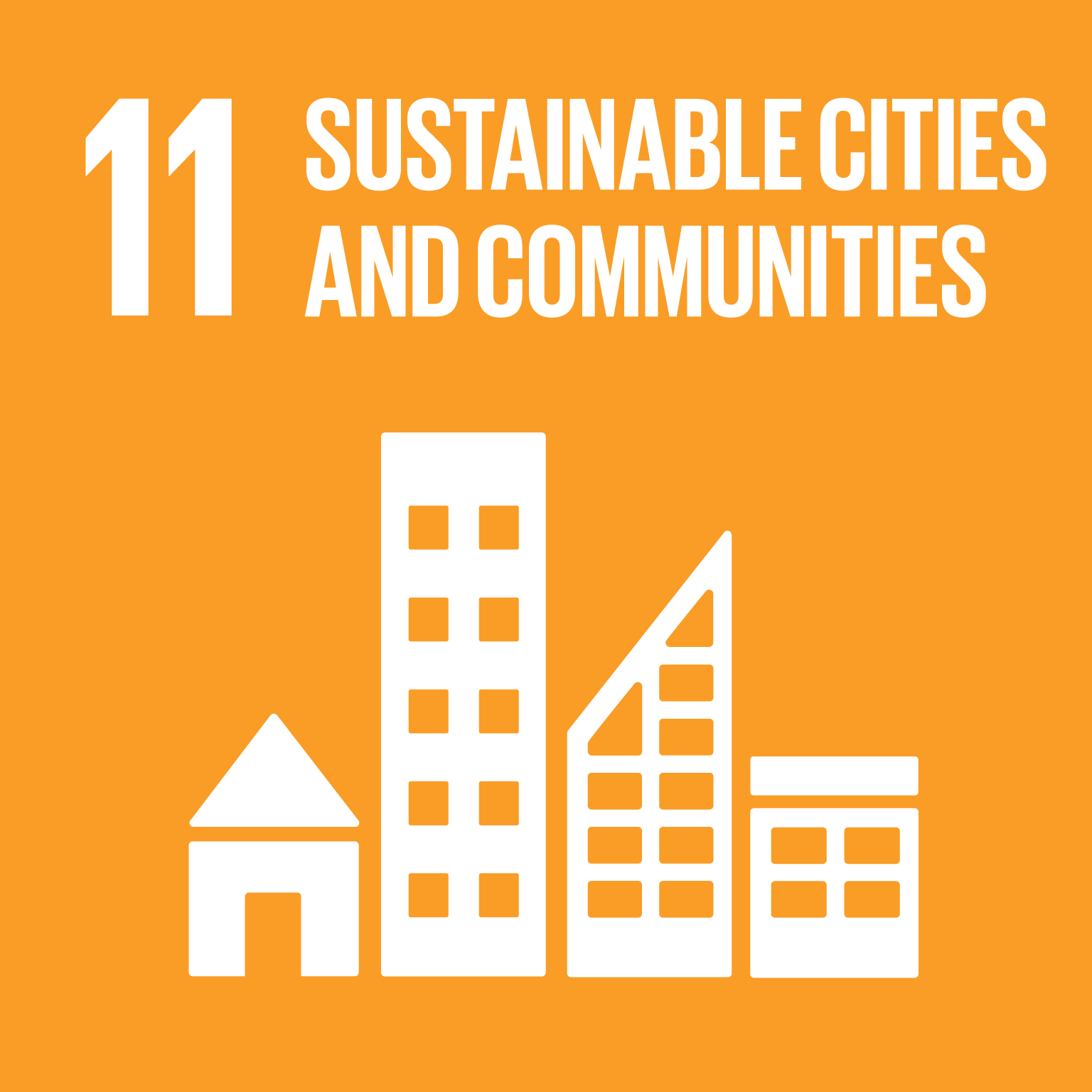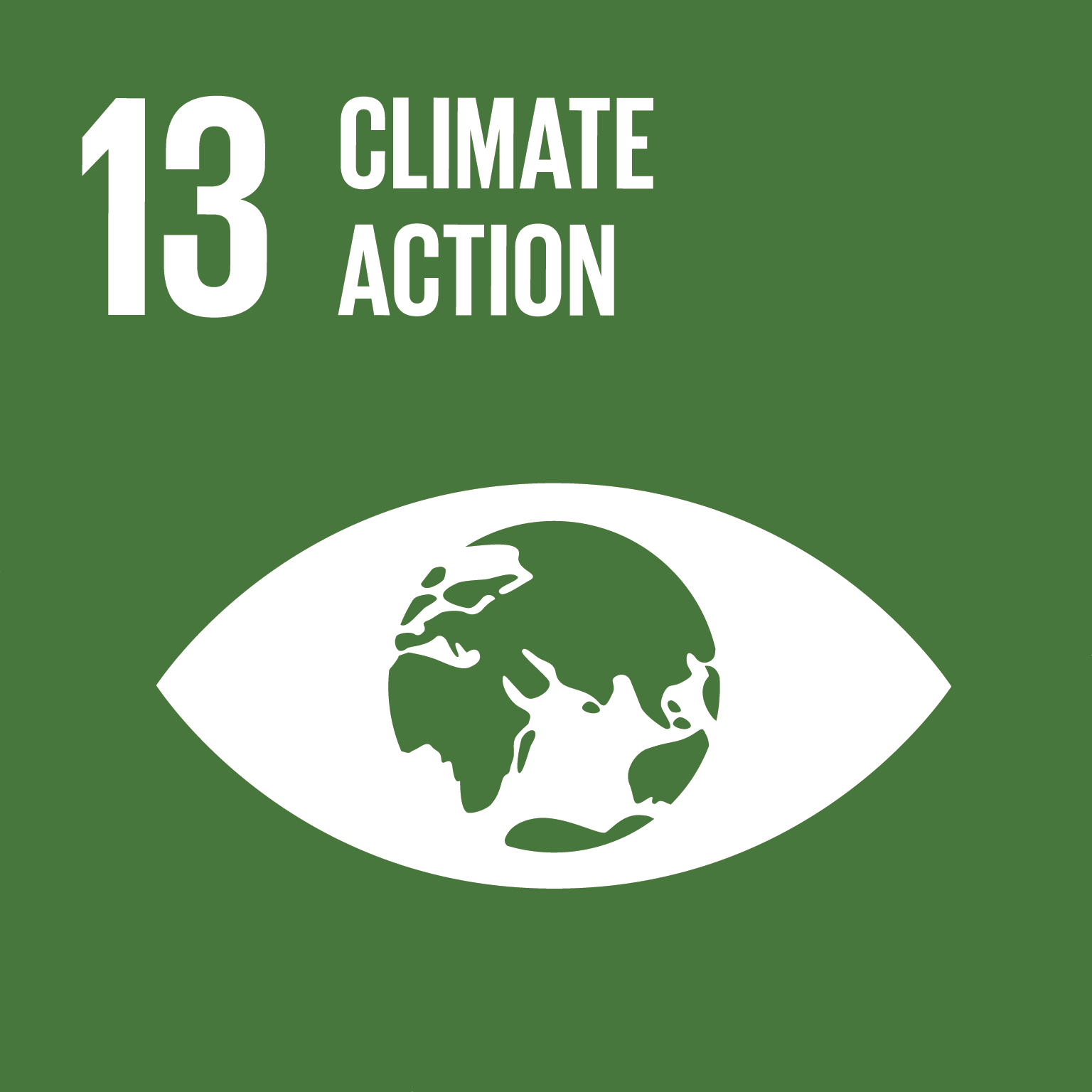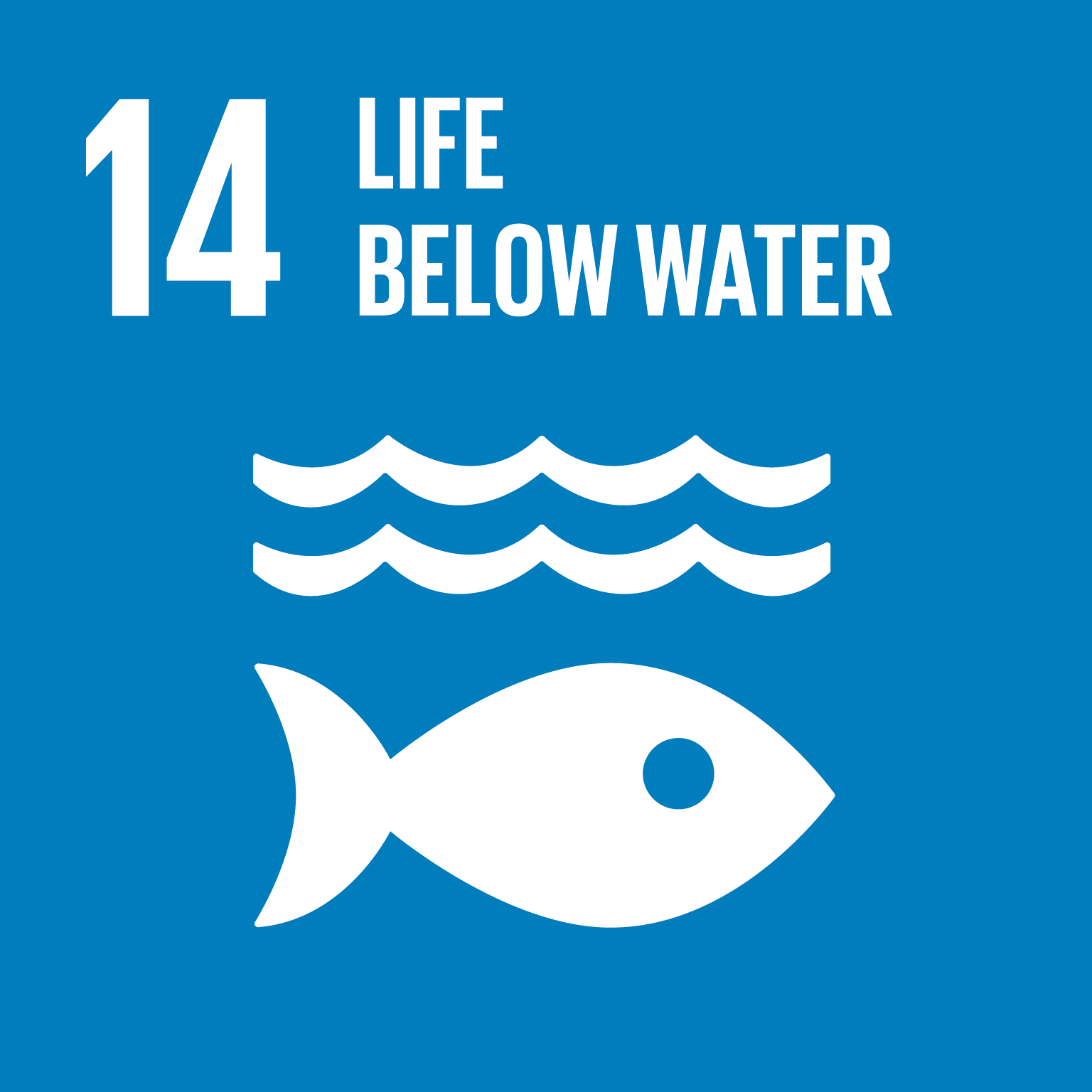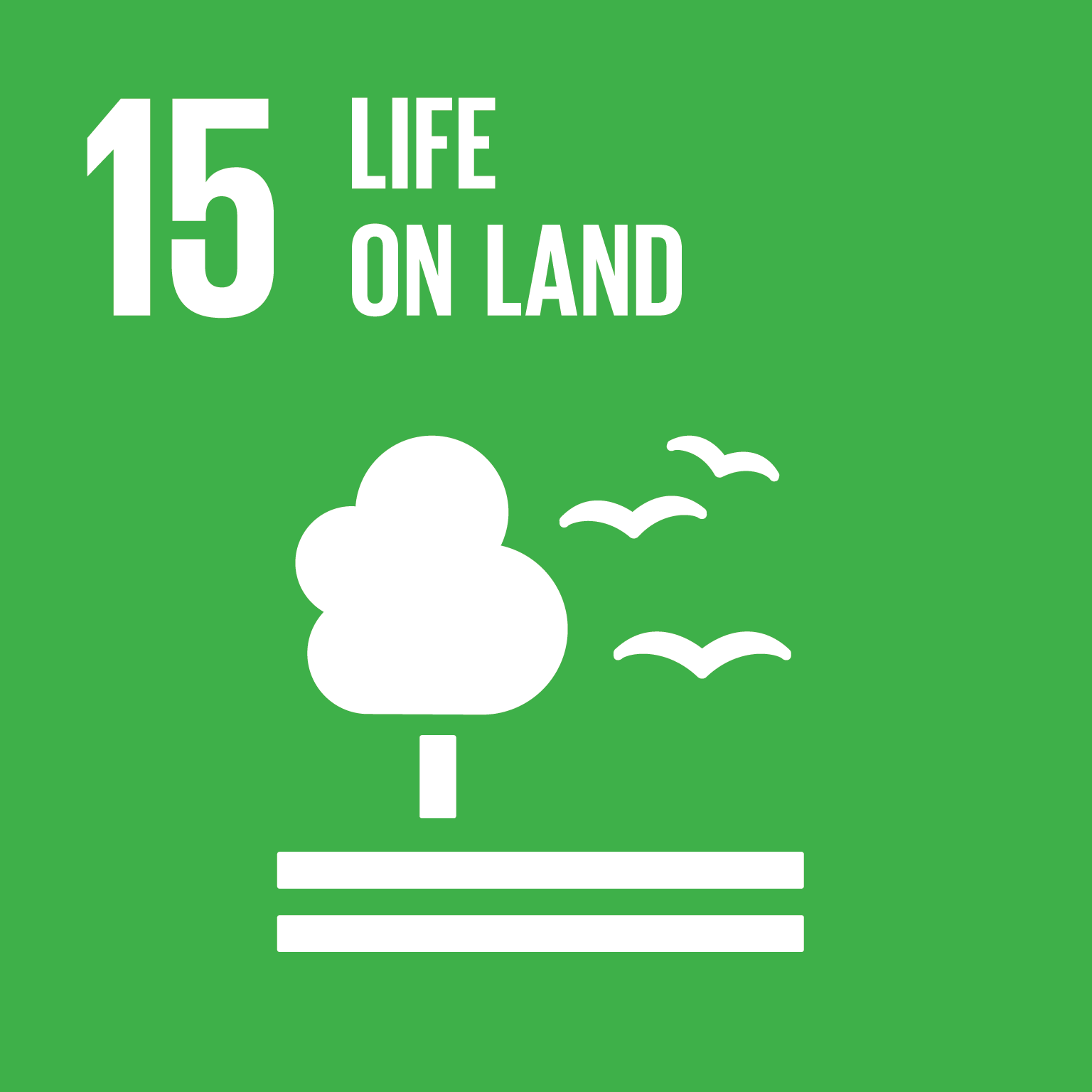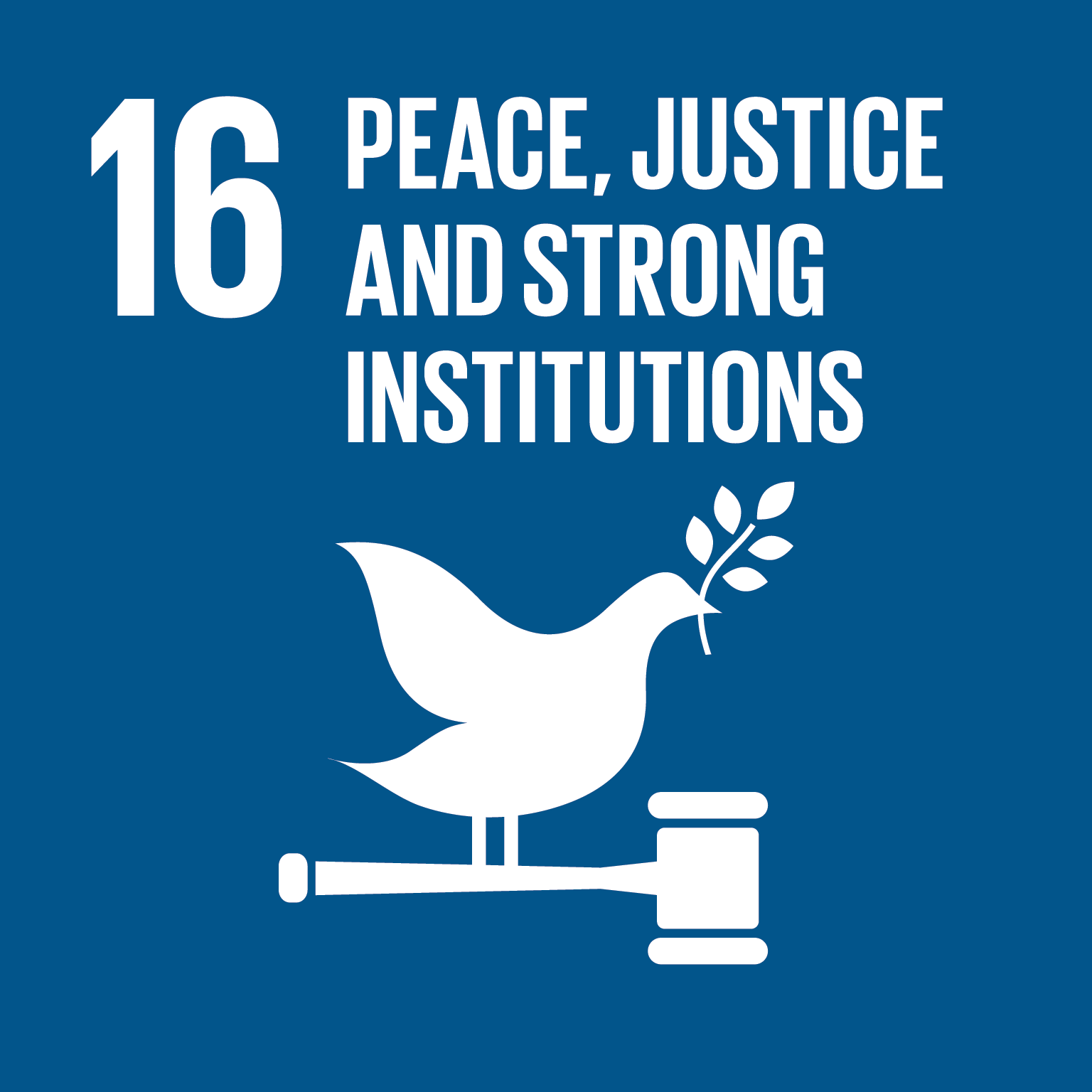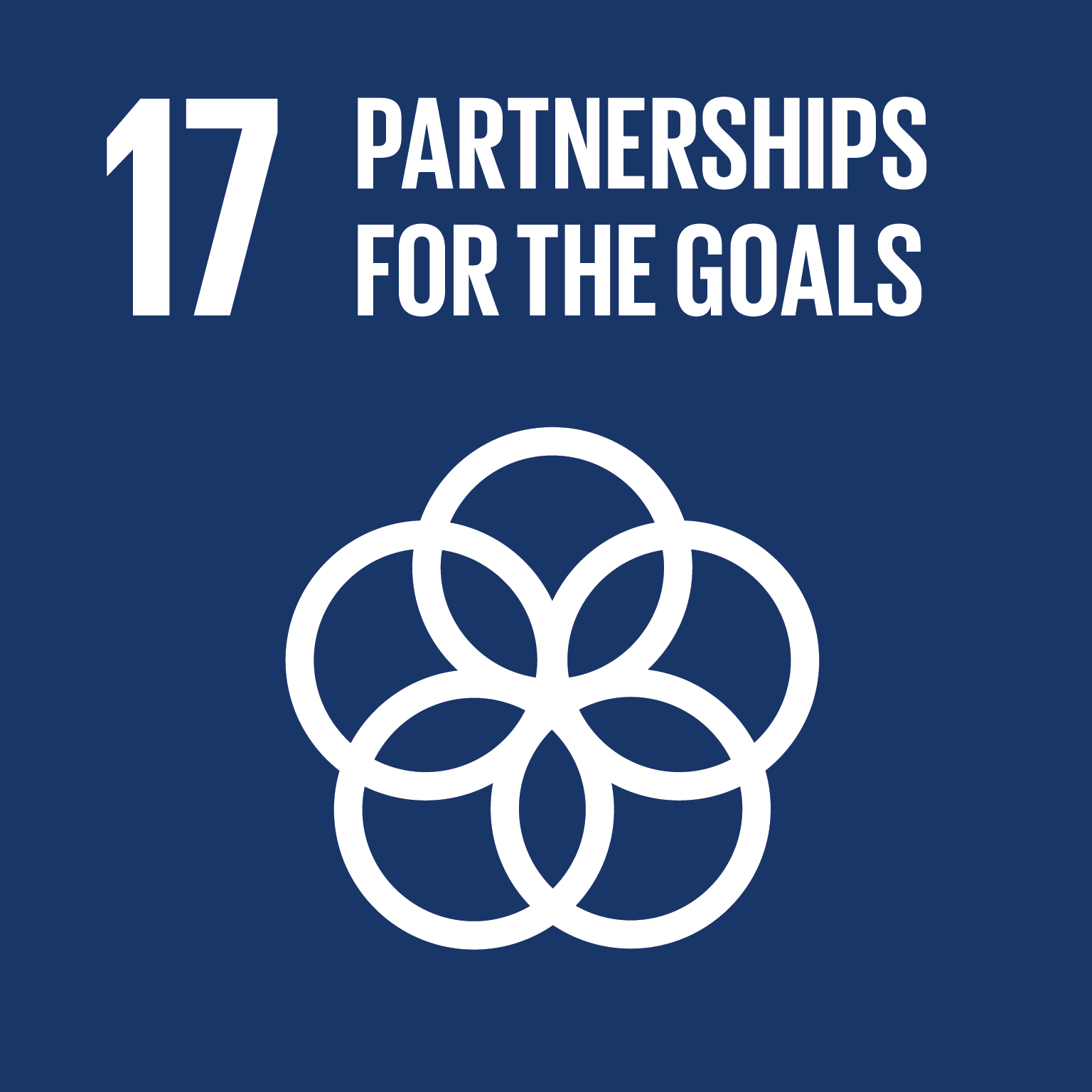Sustainable Development Goals - Overview
G6: Clean Water And Sanitation
Ensure availability and sustainable management of water and sanitation for all
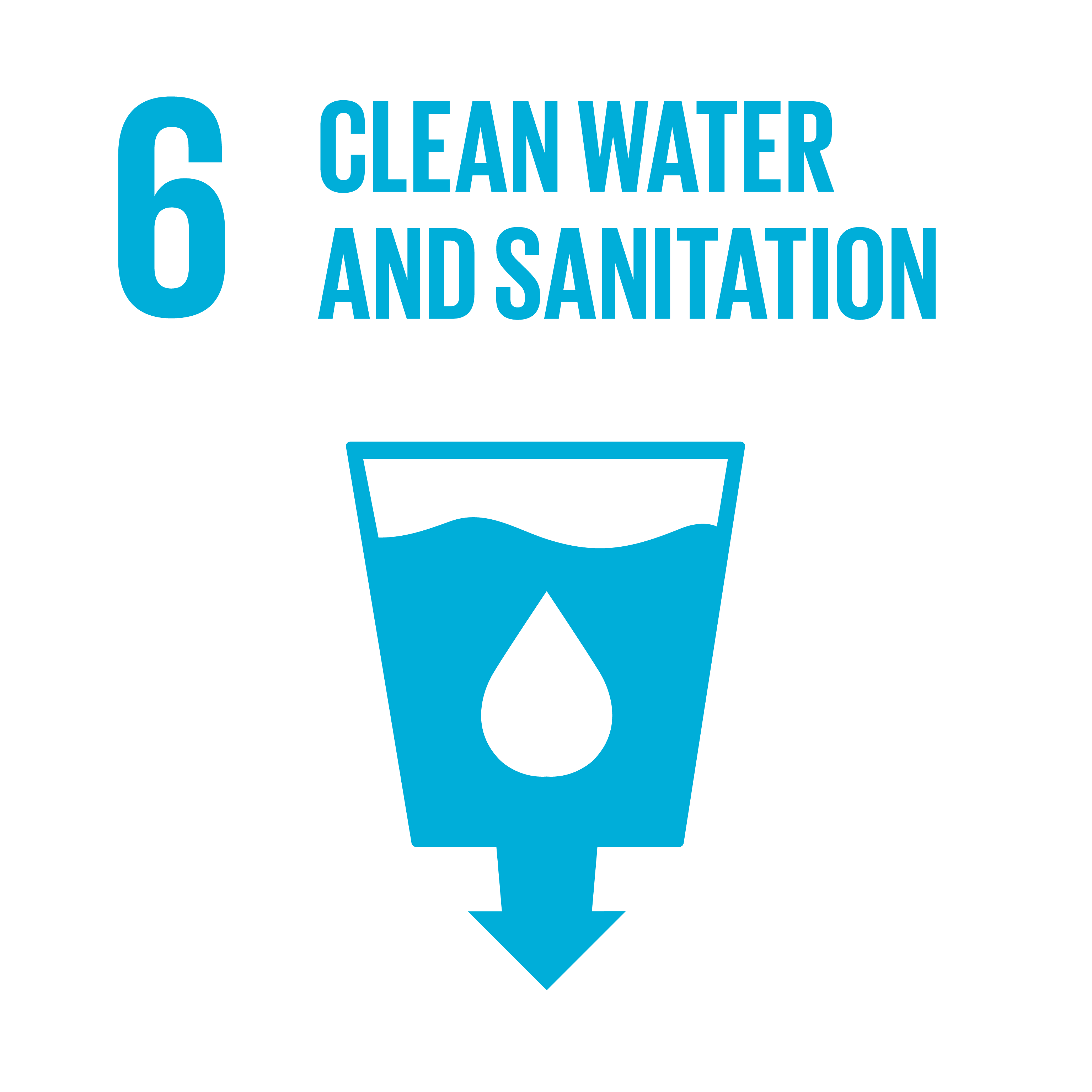
-
Target 6.1: By 2030, achieve universal and equitable access to safe and affordable drinking water for all Economic
-
Indicator 6.1.1: Proportion of population using safely managed drinking water services Environmental
-
-
Target 6.2: By 2030, achieve access to adequate and equitable sanitation and hygiene for all and end open defecation, paying special attention to the needs of women and girls and those in vulnerable situations Environmental
-
Indicator 6.2.1: Proportion of population using safely managed sanitation services, including a hand-washing facility with soap and water Economic Environmental
-
-
Target 6.3: By 2030, improve water quality by reducing pollution, eliminating dumping and minimizing release of hazardous chemicals and materials, halving the proportion of untreated wastewater and substantially increasing recycling and safe reuse globally Social
-
Indicator 6.3.1: Proportion of wastewater safely treated Economic Environmental
-
Indicator 6.3.2: Proportion of bodies of water with good ambient water quality Economic Environmental Social
-
-
Target 6.4: By 2030, substantially increase water-use efficiency across all sectors and ensure sustainable withdrawals and supply of freshwater to address water scarcity and substantially reduce the number of people suffering from water scarcity Environmental
-
Indicator 6.4.1: Change in water-use efficiency over time Economic Environmental
-
Indicator 6.4.2: Level of water stress: freshwater withdrawal as a proportion of available freshwater resources Social
-
-
Target 6.5: By 2030, implement integrated water resources management at all levels, including through transboundary cooperation as appropriate Environmental
-
Indicator 6.5.1: Degree of integrated water resources management implementation (0-100) Social
-
Indicator 6.5.2: Proportion of transboundary basin area with an operational arrangement for water cooperation Social
-
-
Target 6.6: By 2020, protect and restore water-related ecosystems, including mountains, forests, wetlands, rivers, aquifers and lakes Social
-
Indicator 6.6.1: Change in the extent of water-related ecosystems over time Social
-
-
Target 6.a: By 2030, expand international cooperation and capacity-building support to developing countries in water- and sanitation-related activities and programmes, including water harvesting, desalination, water efficiency, wastewater treatment, recycling and reuse technologies
-
Indicator 6.a.1: Amount of water- and sanitation-related official development assistance that is part of a government-coordinated spending plan Governmental
-
-
Target 6.b: Support and strengthen the participation of local communities in improving water and sanitation management Economic Environmental Governmental
-
Indicator 6.b.1: Proportion of local administrative units with established and operational policies and procedures for participation of local communities in water and sanitation management Environmental Governmental
-
Goals
-
Goal 1.1: Enhance inclusive, equitable and sustainable economic growth.
Weak Aspiration 1. Moonshot 1: Ev
Targets
-
Target 1.1.11: The proportion of population with access to safe drinking water is increased to 95%.
Strong -
Target 1.1.12: The proportion of population with access to improved sanitation facilities is increased to 80%.
Strong -
Target 1.6.4: Increase land under forest cover by 10%.
Weak -
Target 7.1.5: Fully functional African Global Partnership Platform.
Weak
Indicators
-
Indicator 7: Proportion of population with access to safely managed drinking water services.
Strong -
Indicator 8: Proportion of population using safely managed sanitation services.
Strong
Goals
-
Goal 1: Investing in people in least developed countries: eradicating poverty and building capacity to leave no one behind.
Strong Universal soci Achieving univ Achieving gend Population and Investing in y Water, sanitat Urbanization a Migration and Good and effec Building and s
Targets
-
Target 1.06.01: Achieve universal and equitable access to safe and affordable drinking water and access to adequate and equitable sanitation and hygiene for all in least developed countries by 2030..
Strong Strong Strong Strong Strong Weak Weak Weak
Indicators
-
Indicator 1.06.01.01: Proportion of population using safely managed drinking water services.
Strong -
Indicator 1.06.01.02: Proportion of population using (a) safely managed sanitation services and (b) a hand-washing facility with soap and water.
Strong
Goals
-
Goal 4: Enhancing adaptive capacity, strengthening resilience and reducing vulnerability to climate change and disasters.
Strong
Targets
-
Target 4.06.01: Significantly enhance support to halt and reverse biodiversity loss in the landlocked developing countries, including through the implementation of the Kunming-Montreal Global Biodiversity Framework..
Strong -
Target 4.06.02: Ensure the effective restoration by 2030 of degraded terrestrial and inland water ecosystems in landlocked developing countries, in order to enhance their biodiversity and ecosystem functions, ecological integrity and connectivity..
Strong
Indicators
- No alignments!

